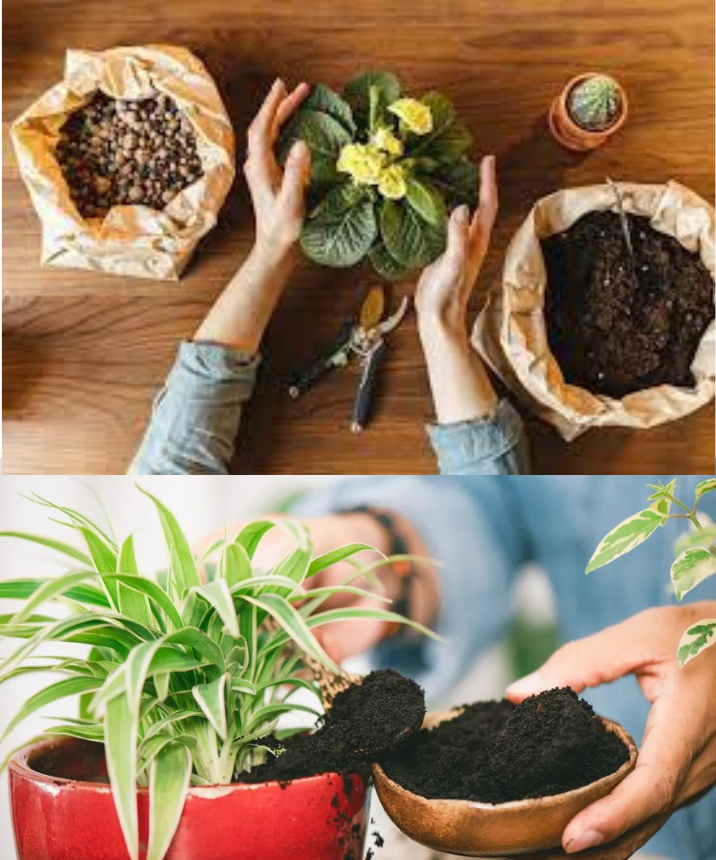Indoor plants not only add beauty and freshness to our spaces but also bring us the joy of admiring their beautiful flowers. However, for these plants to bloom lushly and healthily, it’s essential to provide them with the right nutrients. In this article, we will explore in detail how to use fertilizers to stimulate the flowering of your indoor plants and ensure their maximum splendor.
- Understanding Your Plants’ Needs: Before you start fertilizing your plants, it’s important to understand their specific requirements. Some plants may require higher nutrient content during their flowering period, while others may need a specific balance of nutrients to bloom adequately. Research your plants’ preferences regarding light, water, and soil to provide optimal care.
- Choosing the Right Fertilizer: When choosing a fertilizer for your indoor plants, it’s crucial to opt for a product designed specifically to stimulate flowering. Look for a balanced fertilizer that contains essential macro and micronutrients, such as nitrogen, phosphorus, potassium, and trace elements. Liquid fertilizers are a popular and easy-to-use option as they can be easily mixed with watering water.
- Timing for Fertilization: The optimal time to fertilize your indoor plants depends on their growth and flowering cycle. In general, it’s recommended to fertilize during spring and summer when plants are in their active growth and flowering period. Reduce or stop fertilization during fall and winter when many plants enter a dormant state.
- Fertilization Technique: Apply the fertilizer following the manufacturer’s instructions and diluting it properly in water. Avoid over-fertilization as this can cause root burns and damage the plant’s health. It’s better to provide fertilizer in moderate amounts regularly than to apply large doses at once.
- Post-fertilization Care: After applying the fertilizer, make sure to water your plants well to evenly distribute the nutrients in the soil. Monitor your plants closely for signs of stress or nutrient deficiency, such as yellowing leaves or lack of flowering, and adjust your fertilization regimen as needed.
- Organic Alternatives: If you prefer more natural fertilization methods, consider using organic fertilizers such as homemade compost, worm compost tea, or seaweed extracts. These products can provide nutrients gently and gradually, promoting healthy growth and lush flowering.
Conclusion: With proper application of fertilizers, you can stimulate the flowering of your indoor plants and enjoy their beauty throughout the year. Remember to adapt your fertilization regimen according to your plants’ specific needs and closely monitor their response to ensure optimal results. With diligent and caring care, your plants will reward you with a lush display of flowers that will brighten your home.
